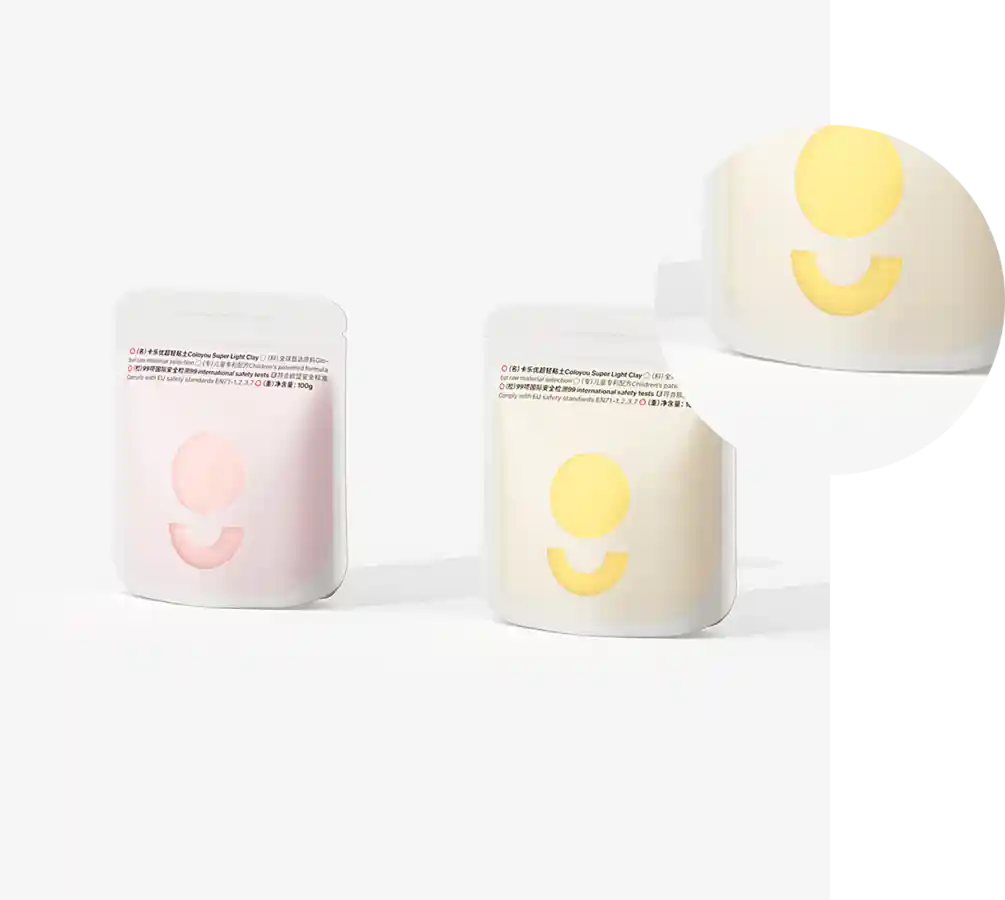- Afrikaans
- Albanian
- Amharic
- Arabic
- Armenian
- Azerbaijani
- Basque
- Belarusian
- Bengali
- Bosnian
- Bulgarian
- Catalan
- Cebuano
- chinese_simplified
- chinese_traditional
- Corsican
- Croatian
- Czech
- Danish
- Dutch
- English
- Esperanto
- Estonian
- Finnish
- French
- Frisian
- Galician
- Georgian
- German
- Greek
- Gujarati
- haitian_creole
- hausa
- hawaiian
- Hebrew
- Hindi
- Miao
- Hungarian
- Icelandic
- igbo
- Indonesian
- irish
- Italian
- Japanese
- Javanese
- Kannada
- kazakh
- Khmer
- Rwandese
- Korean
- Kurdish
- Kyrgyz
- Lao
- Latin
- Latvian
- Lithuanian
- Luxembourgish
- Macedonian
- Malgashi
- Malay
- Malayalam
- Maltese
- Maori
- Marathi
- Mongolian
- Myanmar
- Nepali
- Norwegian
- Norwegian
- Occitan
- Pashto
- Persian
- Polish
- Portuguese
- Punjabi
- Romanian
- Russian
- Samoan
- scottish-gaelic
- Serbian
- Sesotho
- Shona
- Sindhi
- Sinhala
- Slovak
- Slovenian
- Somali
- Spanish
- Sundanese
- Swahili
- Swedish
- Tagalog
- Tajik
- Tamil
- Tatar
- Telugu
- Thai
- Turkish
- Turkmen
- Ukrainian
- Urdu
- Uighur
- Uzbek
- Vietnamese
- Welsh
- Bantu
- Yiddish
- Yoruba
- Zulu
how to find the volume of a box
How to Find the Volume of a Box
Finding the volume of a box is a fundamental concept in geometry and is essential for various practical applications, such as packaging, construction, and even cooking. The volume gives us the measure of how much space the box occupies. Fortunately, calculating the volume of a box is straightforward, as long as you have the necessary dimensions. In this article, we will explore the formula for finding the volume of a box, how to measure its dimensions, and some practical applications of volume in our daily lives.
A box is a three-dimensional rectangular object, and its volume is calculated using the formula
\[ \text{Volume} = \text{length} \times \text{width} \times \text{height} \]
In this formula, each dimension must be measured in the same unit (such as meters, centimeters, or inches) to obtain a consistent result in cubic units.
1. Measuring Dimensions To find the volume, you first need to measure the three dimensions length, width, and height. Here’s how to do that
- Length Measure the longest side of the box using a ruler or measuring tape. - Width Measure the side of the box that is perpendicular to the length. - Height Measure the vertical side of the box, which is perpendicular to both length and width.
It is essential to ensure that your measurements are as accurate as possible for precise volume calculation
.how to find the volume of a box

2. Calculating Volume Once you have the measurements, simply multiply the three dimensions together. For example, if a box has a length of 5 cm, a width of 3 cm, and a height of 4 cm, its volume would be calculated as follows
\[ \text{Volume} = 5 \, \text{cm} \times 3 \, \text{cm} \times 4 \, \text{cm} = 60 \, \text{cm}^3 \]
This means that the box can hold 60 cubic centimeters of material or space.
3. Units of Measurement When calculating volume, the unit of measurement is critical. The volume will be expressed in cubic units, which are derived from the unit used for the dimensions. For example, if you measure in meters, your volume will be in cubic meters (m³), in centimeters, it will be in cubic centimeters (cm³), and in feet, it will be in cubic feet (ft³).
4. Applications of Volume Understanding volume is crucial in various fields. For instance
- Shipping and Packaging Companies need to know the volume of boxes to optimize shipping costs. A box that is too large may incur unnecessary shipping fees. - Construction Architects and builders calculate the volume of materials needed for construction projects to ensure they have enough supplies. - Cooking Volume measurements are also essential in cooking; understanding how much space ingredients will occupy can impact recipe success.
5. Real-World Example Consider a scenario where you need to pack items for a move. Knowing the volume of your boxes can help you determine how many boxes to use and how they will fit into your moving vehicle. By maximizing the volume used efficiently, you can save time and reduce the number of trips needed.
In conclusion, finding the volume of a box is a simple yet important task. With the correct measurements and basic multiplication, you can easily determine how much space the box occupies. Whether you are packing for a move, shipping products, or simply solving a math problem, mastering this concept will serve you well in numerous situations.













